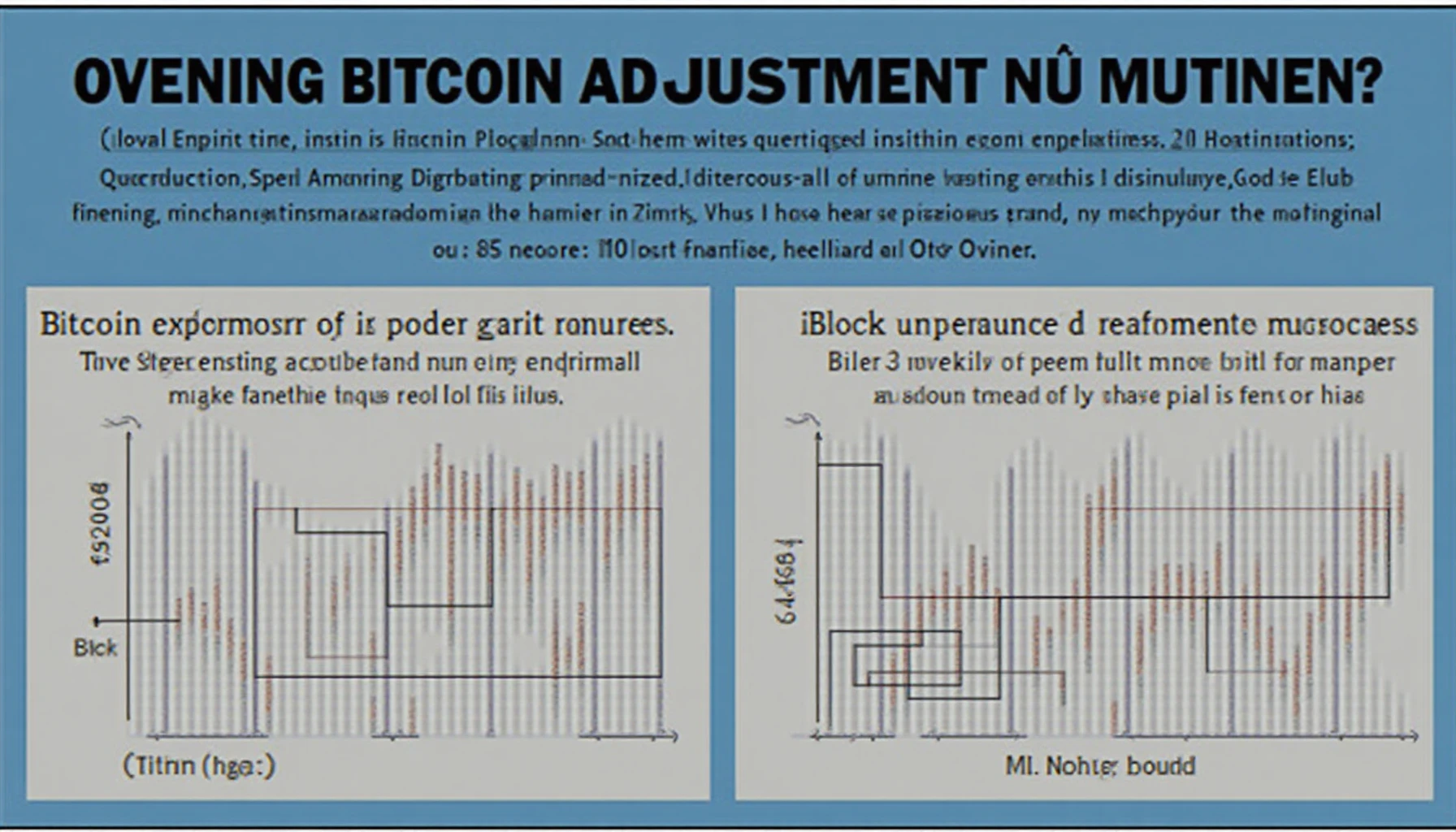What Is Bitcoin Mining Difficulty Adjustment?
Have you ever wondered how Bitcoin maintains its stable supply? With over 18 million bitcoins already mined and a total limit of 21 million, controlling the rate of new coin generation is crucial. That’s where the Bitcoin mining difficulty adjustment algorithm comes into play. This algorithm ensures that new blocks are added to the blockchain approximately every 10 minutes, regardless of the total computational power engaged in the network.
How Does the Difficulty Adjustment Work?
In simple terms, the Bitcoin network adjusts mining difficulty every 2016 blocks, or roughly every two weeks. This mechanism is necessary to maintain the block creation time at around 10 minutes. If blocks are being mined too quickly (e.g., the average time is less than 10 minutes), the network increases the difficulty. Conversely, if mining is too slow, the difficulty decreases.
This adjustment is based on the time taken to mine the last 2016 blocks. For example, if it took 1,000 minutes to mine the last set of blocks, the difficulty will be lowered to ensure future blocks are mined closer to the 10-minute target.

Why Is Difficulty Adjustment Important for Miners?
Understanding this adjustment is crucial for miners. Here are a few reasons why:
- Profitability: Higher difficulty means more computing power and energy used to successfully mine a block, which directly impacts profitability.
- Mining Strategy: Miners need to adjust their strategies based on upcoming difficulty changes, potentially investing in better hardware or joining mining pools.
- Market Relevance: Staying informed about difficulty trends can help miners predict market changes and price fluctuations.
What Factors Influence Bitcoin Mining Difficulty?
Several factors can influence the level of Bitcoin mining difficulty:
- Hash Rate: The total computational power of the Bitcoin network affects how many miners are competing and thus the difficulty level.
- Technological Advancements: As more efficient mining hardware becomes available, the network may adjust to accommodate the increased hash rate.
- Mining Pool Dynamics: With more miners joining pools, collective hashpower increases, prompting potential difficulty adjustments.
Conclusion
Understanding the Bitcoin mining difficulty adjustment algorithm is essential for anyone interested in cryptocurrency mining. As you enter this space, keep a close eye on difficulty changes and adapt your mining strategy accordingly. Interested in maximizing your mining profitability? Download our comprehensive guide on Bitcoin mining and discover proven strategies to succeed!
*This article does not constitute investment advice. Always consult local regulations and experts before making any financial decisions.*


